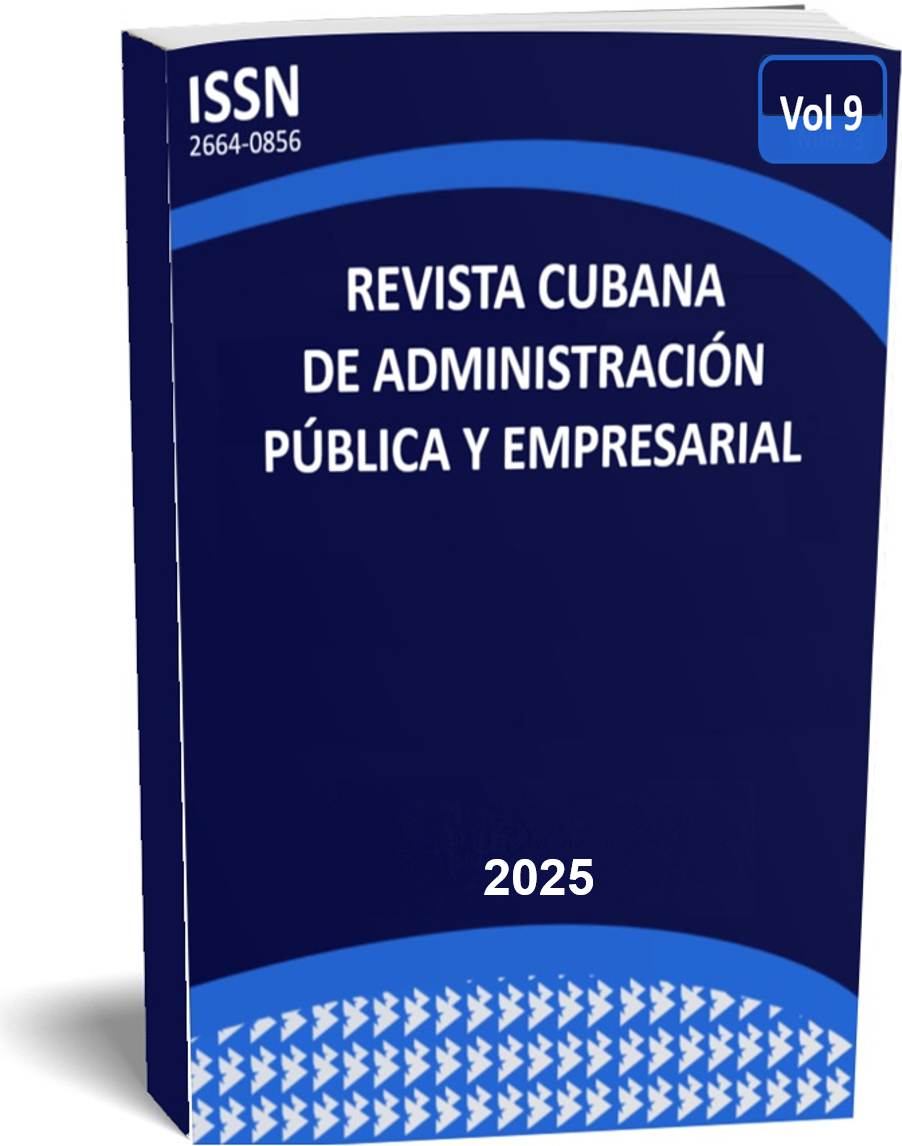AI-enabled disciplinary construction and assessment: dilemmas and pathways
DOI:
https://doi.org/10.5281/zenodo.16955294Keywords:
AI-enabled, disciplinary construction, disciplinary assessment, high-quality developmentAbstract
AI has shown significant potential in enhancing the construction and high-quality assessment of academic disciplines. As China transitions from an index-driven to a high-quality development model in disciplinary construction, the focus has shifted from using evaluation indicators to solidify disciplinary foundations, to addressing societal concerns and improving overall standards through assessment, and ultimately toward stimulating the internal motivation for excellence. However, during this critical transformation period, AI-enabled disciplinary construction and evaluation still confront three major challenges, namely ideological inertia, technological limitations, and a lack of ecosystem support. Meanwhile, the historic push toward building a strong nation has accelerated the need for innovation in talent cultivation models, research paradigms, and evaluation mechanisms. In response, this study proposes a strategic path forward through deepening conceptual understanding and breaking cognitive barriers to integrate AI more effectively into decision-making process, building collaborative, open, and value-driven evaluation platforms to foster multi-stakeholder engagement, and advancing human-AI collaboration to drive adaptive transformation in assessment organizations through technological innovation, thereby creating a governance ecosystem characterized by human-machine complementarity and flexible responsiveness.
Downloads
References
Wang ZJ. Technology and practice of degree and postgraduate education evaluation. Beijing: Higher Education Press; 2000.
Sui YF. Leading the connotative development of higher education: the responsibility of higher education research at the right time. China Higher Education Research. 2018; (08): 6–10, 22.
Zhang YQ, Zhou Q. Classification, hierarchical stratification construction and characteristic development of universities under the background of building “Double First-Class University”. University Education Science. 2020; (01): 14–21.
Wang C, Zhang J, Xiao LL. Characteristic disciplinary construction: root of local colleges’ development. Higher Education Development and Evaluation. 2010; 26(02): 36–40, 121.
Wang ZJ. Theory and method of higher education monitoring and evaluation. Beijing: Science Press; 2017.
Ministry of Education of the People’s Republic of China. Notice of the Ministry of Education, Ministry of Finance, and National Development and Reform Commission on the issuance of the Measures for the Evaluation of the Effectiveness of “Double First-Class” Construction (Trial) [EB/OL]. (2023-03-23). 2024-07-06. [Accessed 21 June 2025]. Available in: http://www.moe.gov.cn/srcsite/A22/moe_843/202103/t20210323_521951.html.
Zhou HY, Li YY. ChatGPT/AIGC and modernization of education governance: Also on the transformation of education governance in the digital era. Journal of East China Normal University (Educational Sciences). 2023; 41(07): 36–46. [Accessed 20 June 2025]. Available in: https://doi.org/10.16382/j.cnki.1000-5560.2023.07.004
Fan XD. Are results foremost? Deep reflections on the value orientation of university subject evaluation—On the model innovation of subject evaluation. Renmin University of China Education Journal. 2024; (03): 20–31, 181.
Wang HC. Discipline rankings: help or hindrance? Reflections on the feature, fairness and mechanism of China’s disciplinary assessment. Journal of Xiamen University (Arts & Social Sciences). 2019; (01): 78–86.
Stufflebeam DL. The CIPP model for program evaluation. In Madaus GF, Scriven MS, Stufflebeam DL, eds. Evaluation Models. Boston, MA: Kluwer-Nijhoff; 1983.
Published
How to Cite
Issue
Section
License
Copyright (c) 2025 Zhanjun Wang, Zehui Zhang

This work is licensed under a Creative Commons Attribution-NonCommercial 4.0 International License.
-
Attribution — You must give appropriate credit, provide a link to the license, and indicate if changes were made. You may do so in any reasonable manner, but not in any way that suggests the licensor endorses you or your use.
-
NonCommercial — You may not use the material for commercial purposes.
- No additional restrictions — You may not apply legal terms or technological measures that legally restrict others from doing anything the license permits.


